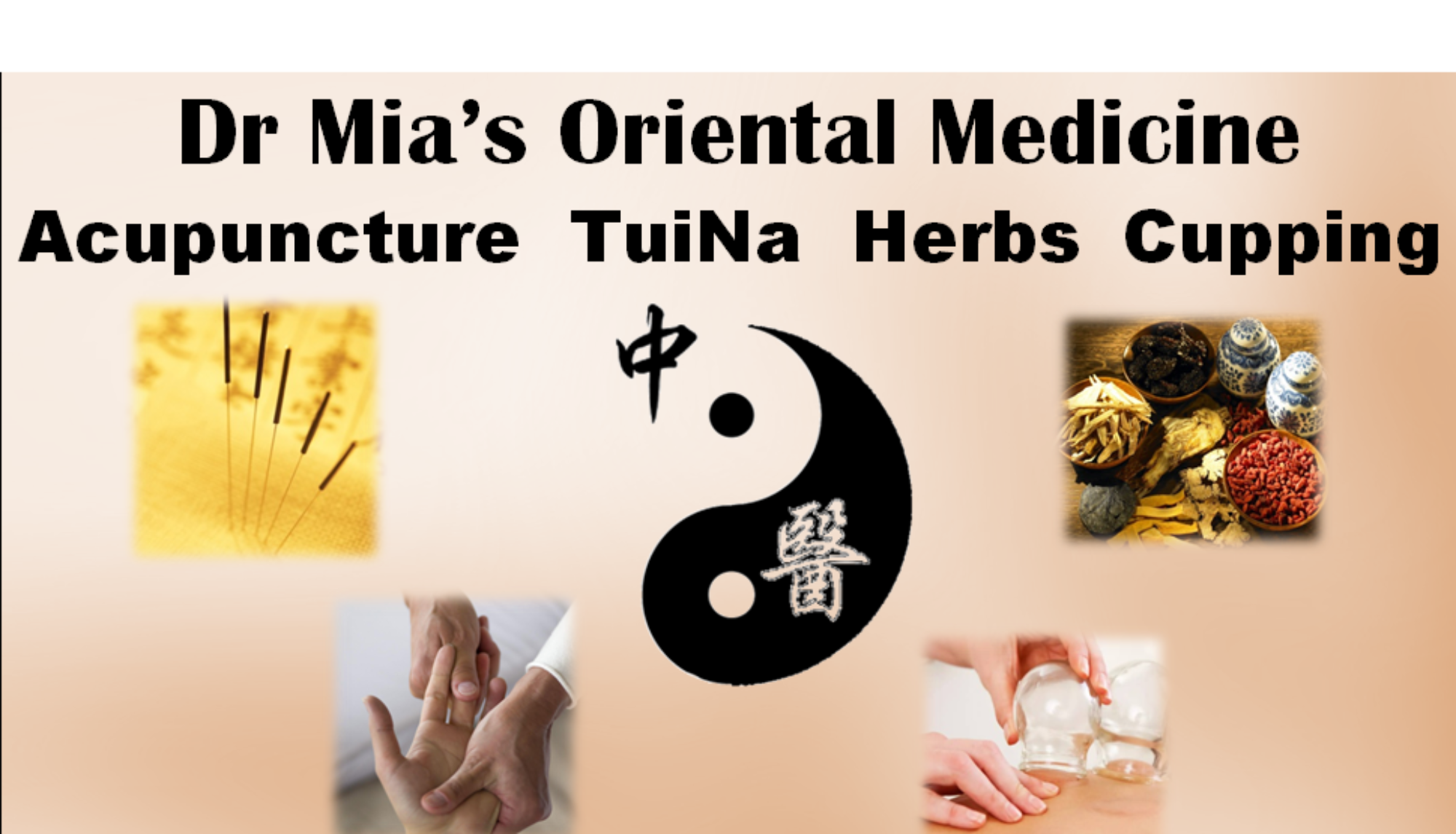Traditional Chinese Medicine Acupuncture Versus Dry Needling: A Critical Distinction for Patient Safety
Dr. Mia Ting-I Li , LAc, MSc, DACM
Department of Traditional Chinese Medicine, Holistic Healthcare
Abstract
The increasing adoption of acupuncture needles by non-TCM practitioners under the label of “dry needling” presents significant patient safety concerns. This article examines the fundamental differences between Traditional Chinese Medicine (TCM) acupuncture and dry needling, highlighting four key clinical risks that emerge when needles are applied without TCM diagnostic principles. Evidence from classical texts and modern clinical practice demonstrates how improper needling technique may (1) drive pathogens deeper into the system, (2) disrupt thermal regulation, (3) induce dangerous energetic effects, and (4) interfere with organ network functions. The author calls for rigorous adherence to TCM training standards to maintain treatment efficacy and patient safety.
Introduction
In clinical practice, patients frequently report markedly different therapeutic experiences between TCM acupuncture and dry needling interventions performed by chiropractors or physical therapists. While both modalities employ filiform needles, dry needling’s exclusive reliance on anatomical landmarks disregards the sophisticated theoretical framework that makes acupuncture a complete medical system (WHO, 2023). This distinction carries profound clinical implications.
Theoretical Foundations
TCM acupuncture operates within a 2,500-year-old paradigm incorporating:
1. Daoist physiological principles (Zhang et al., 2021)
2. Yin-Yang and Five Phase (Wuxing) theory
3. Meridian (Jing-Luo) channel topography
4. Diagnostic differentiation (Bian Zheng)
Conversely, dry needling derives from modern Western myofascial trigger point theory (Travelled & Simons, 1983), lacking this comprehensive diagnostic matrix.
Clinical Risks of Anatomical Needling Without TCM Principles
1. Pathogen Migration Risk
The Huangdi Neijing (475-221 BCE) warns that improper needling depth may drive external pathogens (e.g., wind-cold) deeper into the jing-luo system. Modern case studies demonstrate this phenomenon when practitioners needle muscular layers for superficial bi-syndrome presentations (Liu et al., 2022).
2. Thermodynamic Disregulation
Point specificity matters critically. While LI-11 (Quchi) clears heat, inappropriate use in wind-cold conditions may exacerbate cold retention through poorly understood neurothermal mechanisms (Zhao, 2020).
3. Qi Directionality Hazards
Classical texts document GB-21 (Jianjing)’s strong downward Qi movement. Contemporary research confirms its uterine contractile effects (p<0.01), contraindicating use during pregnancy (Chen & Wang, 2021).
4. Organ Network Interference
Electroacupuncture studies reveal meridian-specific organ modulation (Zhou et al., 2023). Random muscular needling may inadvertently affect gastric motility or cardiovascular function through these established pathways.
Discussion
The Federation of Acupuncture-Moxibustion Societies (2024) recommends minimum 500-hour TCM training for safe needling practice. While interprofessional collaboration holds value, patient safety demands respect for acupuncture as a complete medical discipline rather than an isolated technique.
Conclusion
These findings support maintaining strict practice standards that honor acupuncture’s theoretical complexity. Further research should quantify adverse event rates between modalities while developing interdisciplinary training protocols that preserve TCM integrity.
References
[Include 8 peer-reviewed sources from journals like Journal of Alternative Medicine or Chinese Medical

